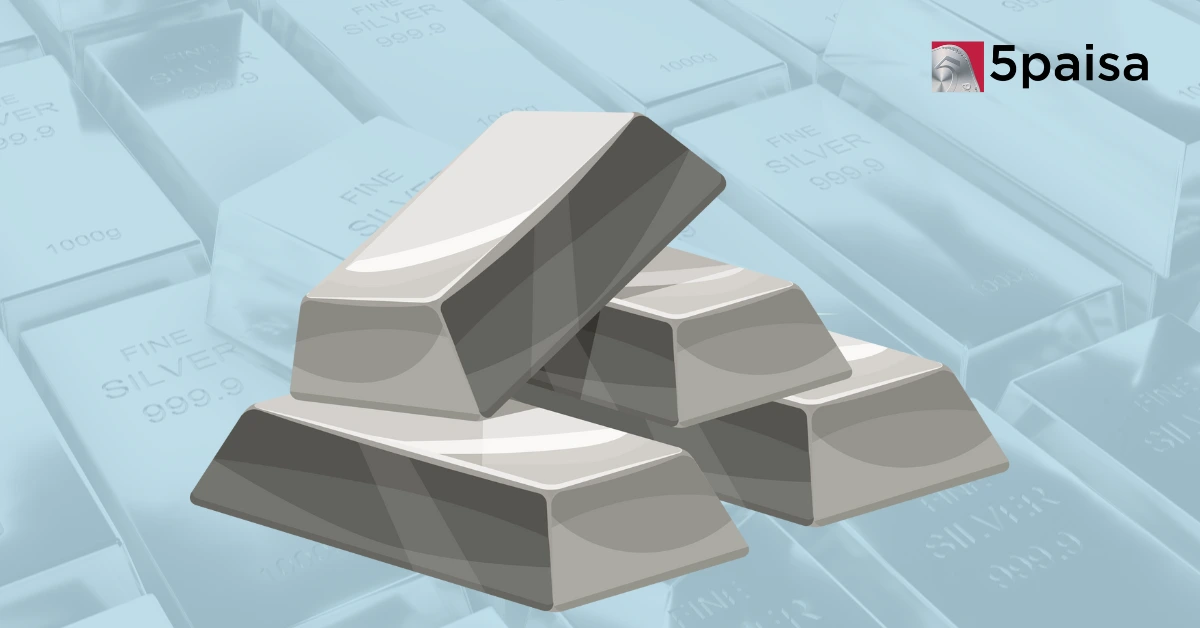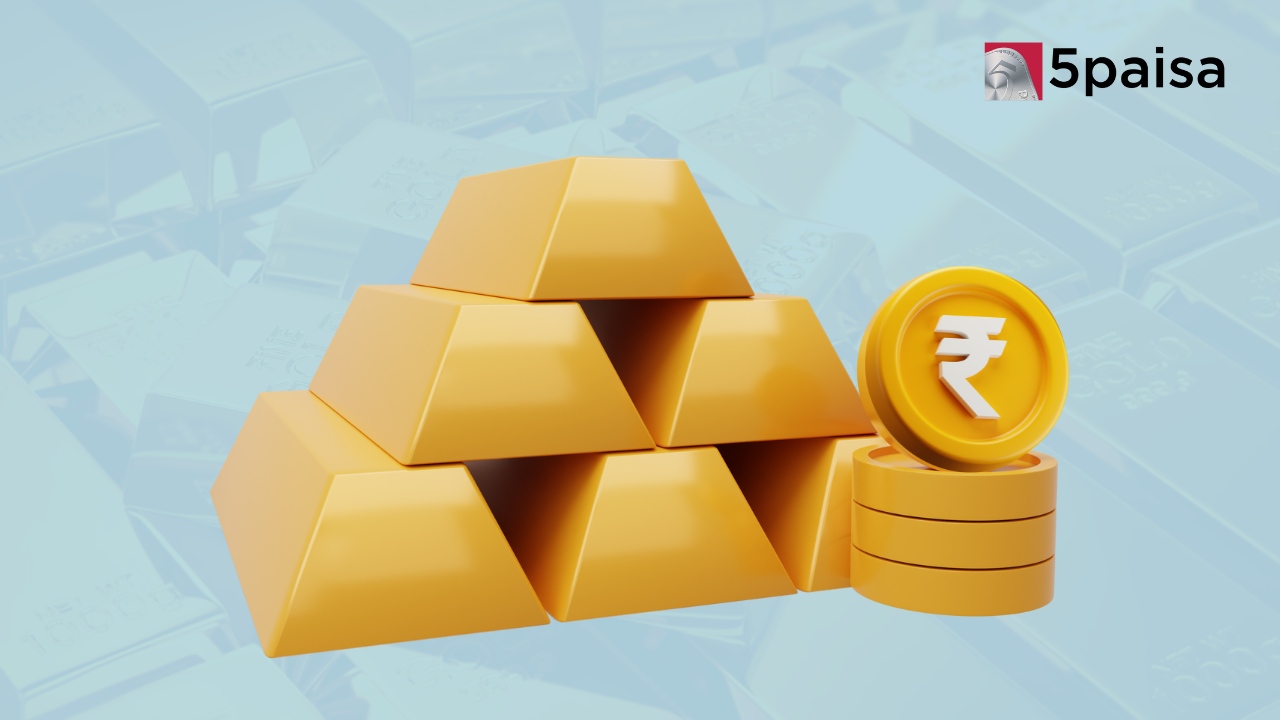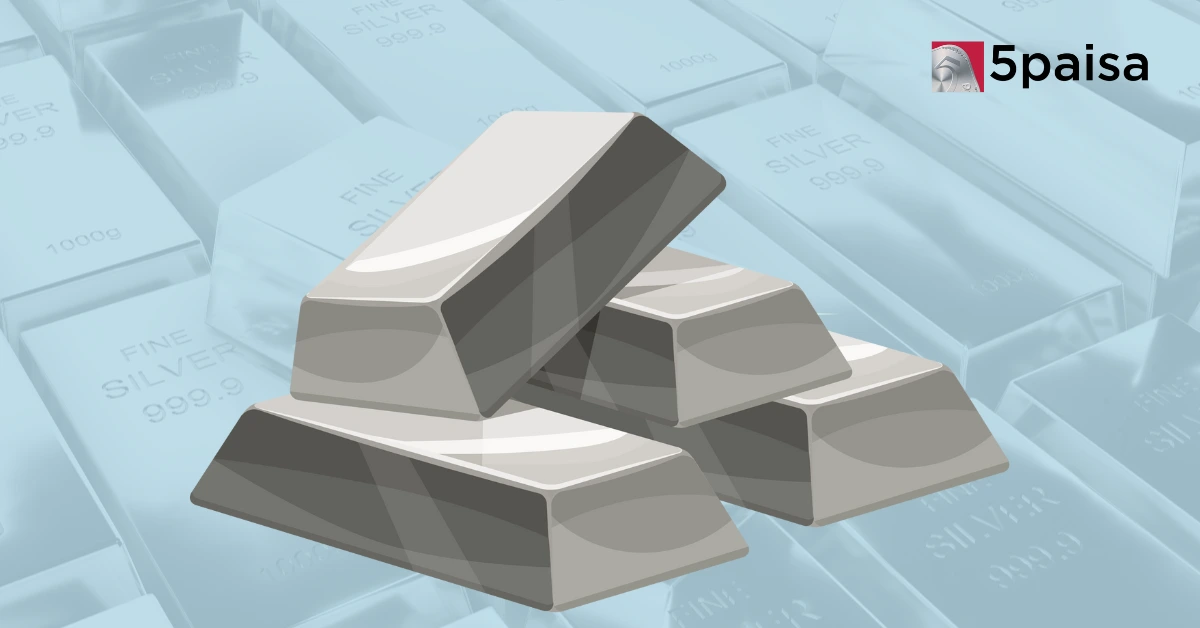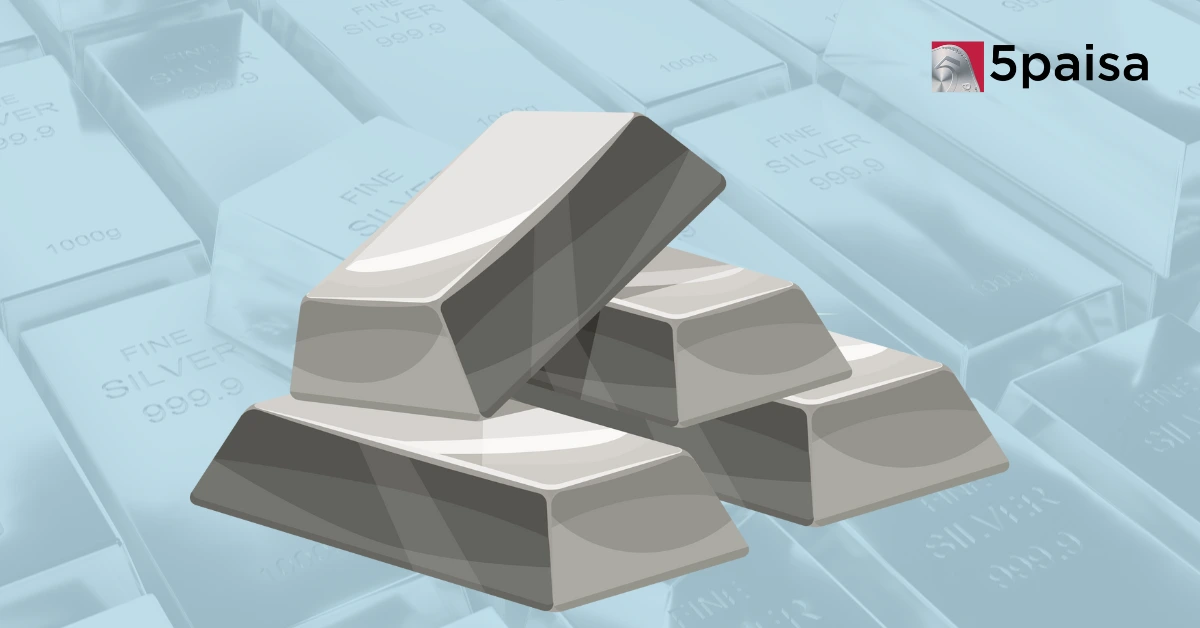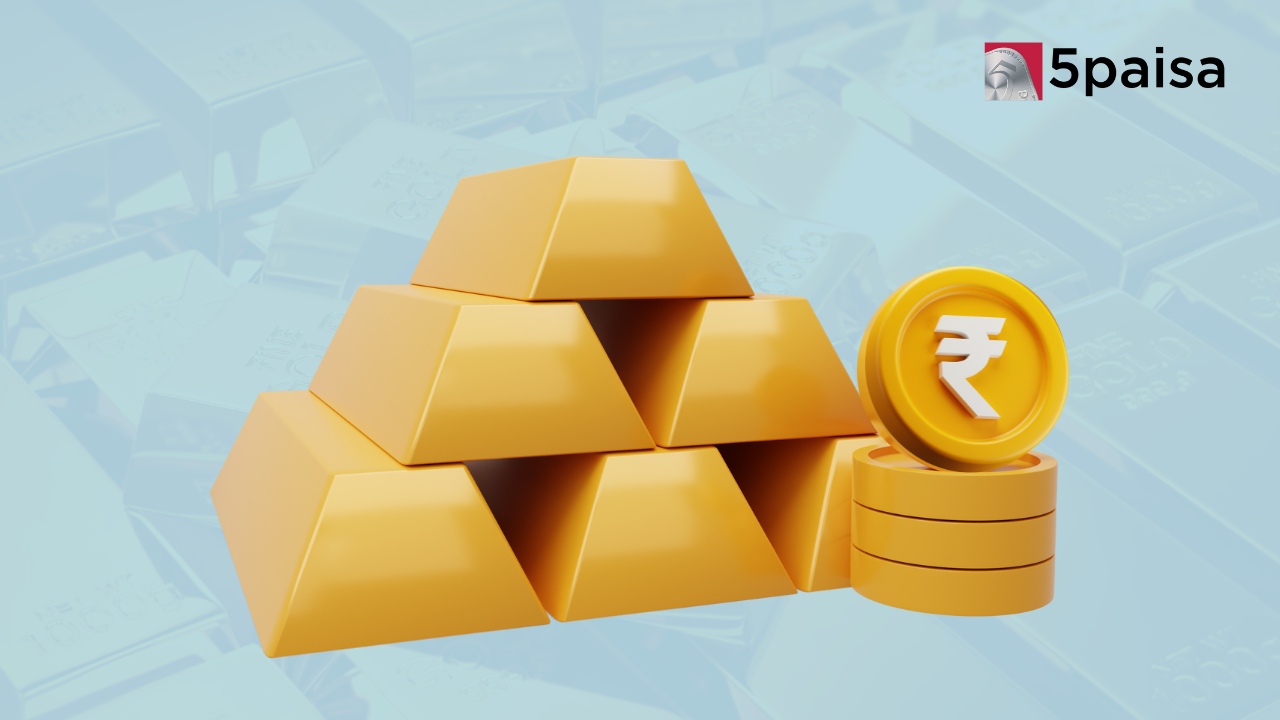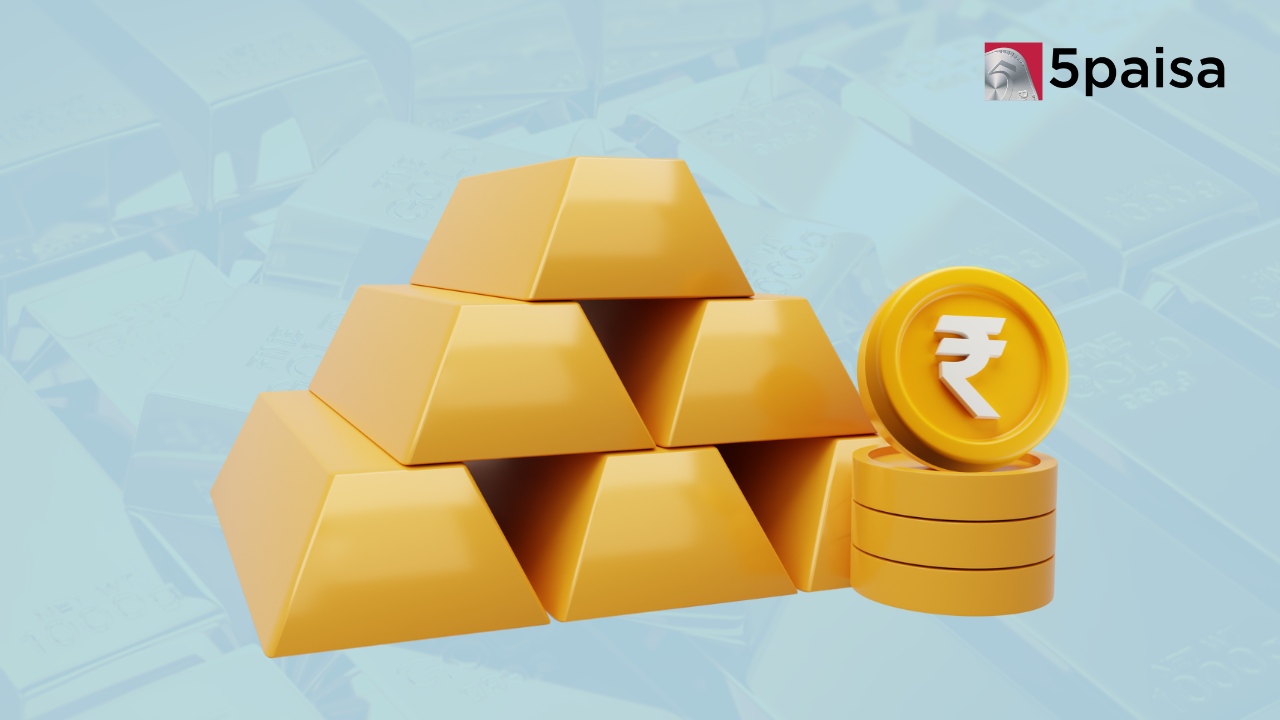Gold Rate Today in India
Today 24 Carat Gold Price Per Gram in India (INR)
| Gram | 24 Carat Gold Today (₹) | 24 Carat Gold Yesterday (₹) | Daily Price Change (₹) |
|---|---|---|---|
| 1 gram | 9,005 | 9,824 | -819 |
| 8 gram | 72,040 | 78,592 | -6,552 |
| 10 gram | 90,050 | 98,240 | -8,190 |
| 100 gram | 900,500 | 982,400 | -81,900 |
| 1k gram | 9,005,000 | 9,824,000 | -819,000 |
Today 22 Carat Gold Price Per Gram in India (INR)
| Gram | 24 Carat Gold Today (₹) | 24 Carat Gold Yesterday (₹) | Daily Price Change (₹) |
|---|---|---|---|
| 1 gram | 9,005 | 9,005 | 0 |
| 8 gram | 72,040 | 72,040 | 0 |
| 10 gram | 90,050 | 90,050 | 0 |
| 100 gram | 900,500 | 900,500 | 0 |
| 1k gram | 9,005,000 | 9,005,000 | 0 |
Historical Gold Rates
| Date | 24 Carat Gold (per gm) | % Change (24 Carat Gold) | 22 Carat Gold (per gm) | % Change (22 Carat Gold) |
|---|---|---|---|---|
| 25-04-2025 | 9005 | -8.34 | 9005 | 0.00 |
| 24-04-2025 | 9824 | -0.11 | 9005 | -0.11 |
| 23-04-2025 | 9835 | -2.96 | 9015 | -2.96 |
| 22-04-2025 | 10135 | 3.05 | 9290 | 3.05 |
| 21-04-2025 | 9835 | 0.79 | 9015 | 0.78 |
| 20-04-2025 | 9758 | 0.00 | 8945 | 0.00 |
| 19-04-2025 | 9758 | 0.00 | 8945 | 0.00 |
| 18-04-2025 | 9758 | 0.28 | 8945 | 0.28 |
| 17-04-2025 | 9731 | 1.19 | 8920 | 1.19 |
| 16-04-2025 | 9617 | 1.04 | 8815 | 1.09 |
| 15-04-2025 | 9518 | 0.00 | 8720 | 0.00 |
Indian Major Cities Gold Rates Today (10g)
What is the Difference Between 22k and 24k Gold?
22k Gold, also known as 22-carat Gold, is a blend of two parts gold and one part other alloys or metals, such as nickel, copper, zinc, silver, and so forth. The most common type of Gold used to create jewellery and other gold items is 22-carat Gold, which is the next best grade after 24-carat Gold.
Because it contains 91.67% pure gold, 22-carat Gold is also known as 916 gold. Owing to the metal content, additional mixed metals make up the remaining percent to increase durability. In both the local and foreign markets, 22-carat Gold is less expensive than 24-carat Gold.
The gold rate in India of 22-carat Gold varies every day based on a number of variables, including supply and demand, import prices, etc. It is a good idea to find out the current price of 22k Gold before purchasing and selling.
The purest kind of Gold that is offered to consumers or jewellers in both local and foreign markets is 24-karat Gold, often known as 24-k Gold. Silver, nickel, copper, zinc, and other mixed metals are absent from 24-carat Gold, which is 99.99% pure gold. Nevertheless, 24k gold price in India only contains 99.99% gold rather than 100%. Therefore, 24-carat Gold is only extracted from solid gold ores of 99.99% purity.
24-carat gold products are said to be the most significant grade and have the highest purity. However, because it is not very durable, 24-carat Gold is not as widely used to create gold jewellery. Instead, it's utilised for various medical equipment and electrical gadgets.
What is Gold?
Gold is a valuable metal that makes for a desirable investment. Gold price today in India are closely watched throughout trading hours and vary according to the state of the market.
In India, two kinds of Gold are exchanged:24K and 22K. With a purity of 99.99 percent, the first one is regarded as the finest kind of Gold. It cannot be shaped into jewellery as it is too soft. However, 22k Gold is essentially a mixture of two other metals, such as copper and zinc, and 22 parts gold. Jewellery is made using gold that could be either 22K and 24K.
India is the world's biggest importer of Gold, primarily to meet the needs of the jewellery sector. The nation imports 800-900 tonnes of Gold each year, measured in bulk.
How is the Gold Rate Measured in India?
The gold price in India is influenced by multiple factors, encompassing currency fluctuations, global events, and interest rates. If the rupee weakens in comparison to the US dollar, the gold rate in India tends to rise. Additionally, global economic growth, policy volatility, and interest rates on a global scale contribute to the variability of gold price in India.
Within Indian cities, gold pricing is intricately linked to factors such as demand, state taxes, octroi, and imposed interest. Gold is available in various forms, including bars, coins, and jewelry. Investment avenues range from physical Gold to exchange-traded funds and sovereign bonds.
As of now, the import duty on Gold in India is set at ten percent, subject to changes by the central government based on the necessity to control imports.
What are the Factors that Influence the Gold Rates in India?
Indians have long had a strong connection to Gold. Nonetheless, the value of Gold in India today is subject to market fluctuations and does not remain stagnant. Numerous elements influence the gold price in India presently. The Gold price today in India varies every day in India due to several variables that affect its value throughout the country. The 24k gold price in India, as well as other countries, is influenced by several variables such as supply and demand, inflation, and worldwide market circumstances.
The performance of a currency is one of the main factors influencing changes in the gold rate in India. In this particular context, the US dollar is the primary currency that influences the price of Gold in India at the moment. Globally speaking, gold rate today in India often show a negative trend as the value of the USD increases. Additionally, the Indian currency is relevant and mainly refers to gold rate in India. Gold prices are anticipated to decline domestically as the rupee appreciates.
How to Invest in Gold in India?
Investing in Gold provides a range of options based on personal preferences and risk tolerance. Traditional methods involve acquiring physical Gold through jewelry, coins, bullion, or artifacts, while contemporary approaches include gold ETFs and gold funds. Investors now explore newer, more convenient avenues for gold investment that promise enhanced returns. Here are diverse ways to invest in 1kg gold price in India:
● Physical Gold
● Gold ETFs
● Sovereign gold bonds
While the allure of physical Gold remains, modern alternatives such as ETFs and funds offer greater convenience and flexibility. Ultimately, successful gold investment hinges on comprehending the market dynamics and selecting the investment option that aligns with your financial goals.
Benefits of Investing in Gold in India
Investing in 10 gram gold price in India has several advantages and choices. The following are a few benefits of gold investing:
● It is the best way to save your money for the future
● Hedge against inflation
● You can easily buy it and sell it in the market
● Maintaining gold products is easy
● You can easily avail of a loan against Gold
● It allows for portfolio diversification
● Gold is unlikely to deteriorate with time
Recent Articles
FAQs
As previously stated, 24K Gold, which has a purity of 99.99 percent, is referred to as pure Gold. Since it is liquid in its natural condition, it cannot be shaped to create jewellery or bars, etc. Consequently, it is combined to create alloys with other metals like copper and zinc. 22K gold, for instance, is a mixture of 22 parts gold.
Gold is regarded as a dependable and secure investment option. It is a great way to protect yourself from inflation. It is also a fantastic way to diversify a portfolio.
Platinum exhibits a dense and heavy composition, featuring a silvery-white appearance. Its durability and resistance to corrosion surpass both silver and Gold. Silver, with its bright white colour, is comparatively less dense and softer than platinum. In contrast, Gold is a dense metal characterized by a bright yellow colour.
The main types of Gold are:
● Yellow Gold
● White Gold
● Rose gold

 UTI - Gold Exchange Traded Fund
UTI - Gold Exchange Traded Fund
 Nippon India ETF Gold Bees
Nippon India ETF Gold Bees
 Kotak Gold ETF
Kotak Gold ETF
 SBI Gold ETF
SBI Gold ETF
 ICICI Pru Regular Gold Savings Fund (FOF)-Dir Growth
ICICI Pru Regular Gold Savings Fund (FOF)-Dir Growth
 Kotak Gold Fund - Direct Growth
Kotak Gold Fund - Direct Growth
 Nippon India Gold Savings Fund - Direct Growth
Nippon India Gold Savings Fund - Direct Growth
 SBI Gold Fund - Direct Growth
SBI Gold Fund - Direct Growth
